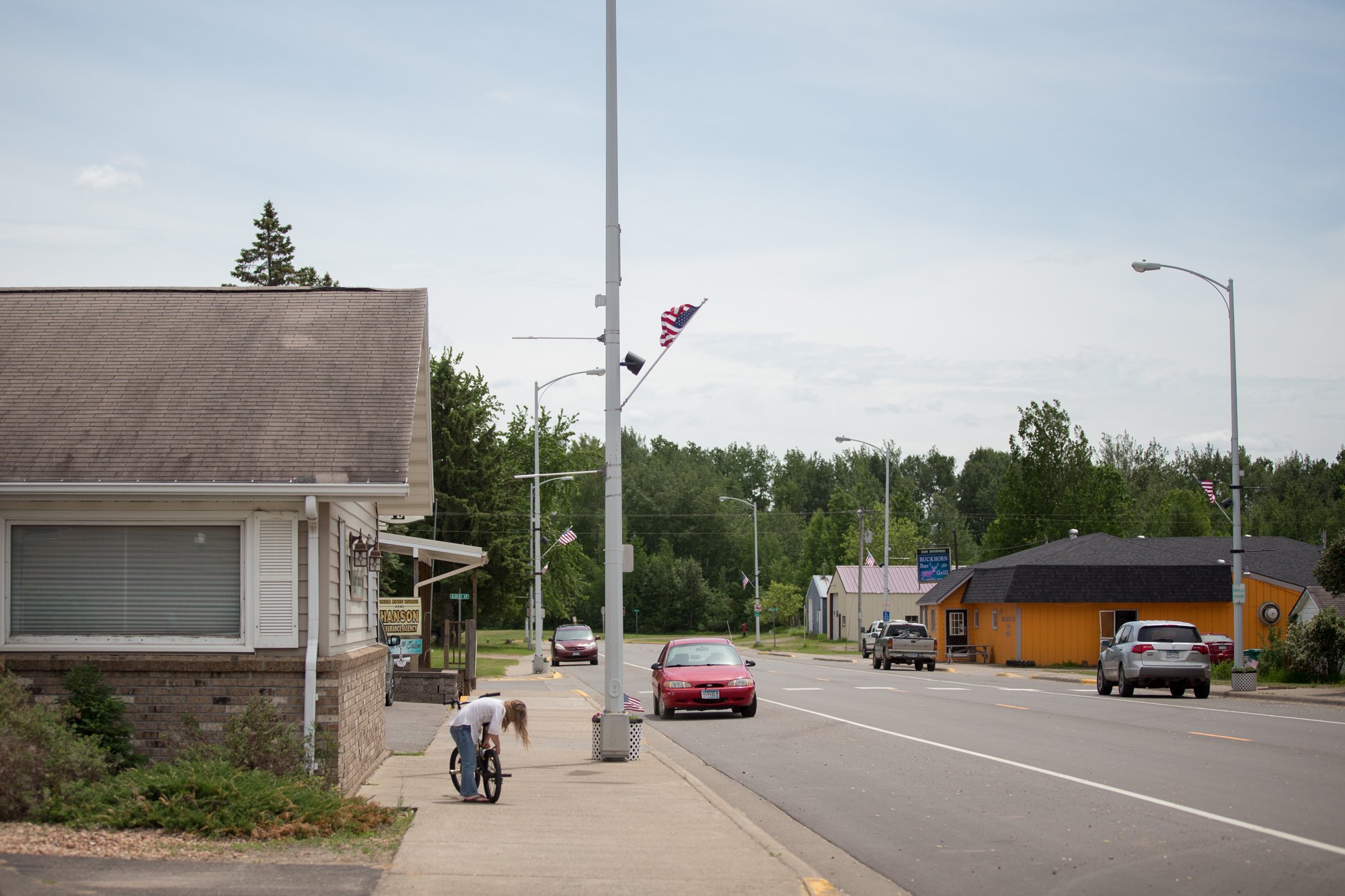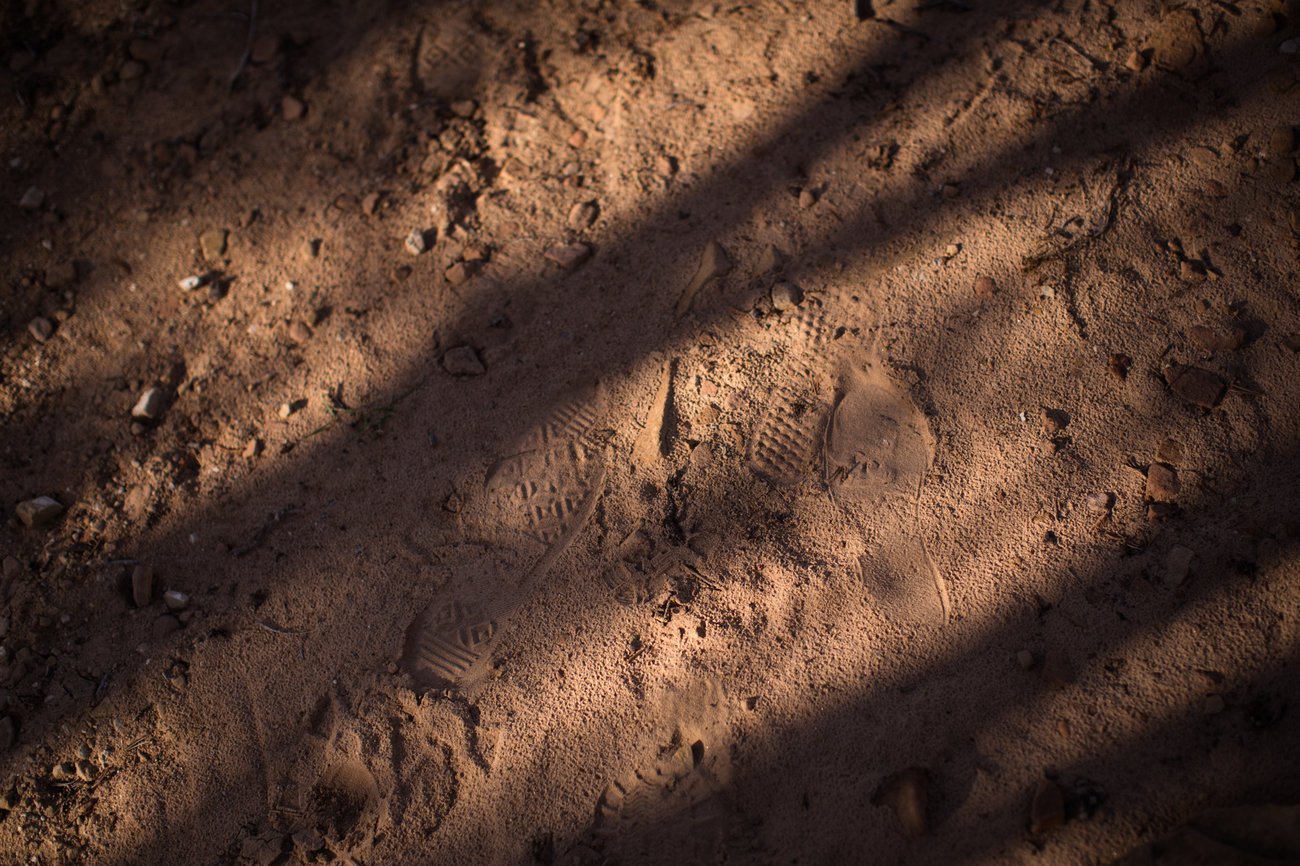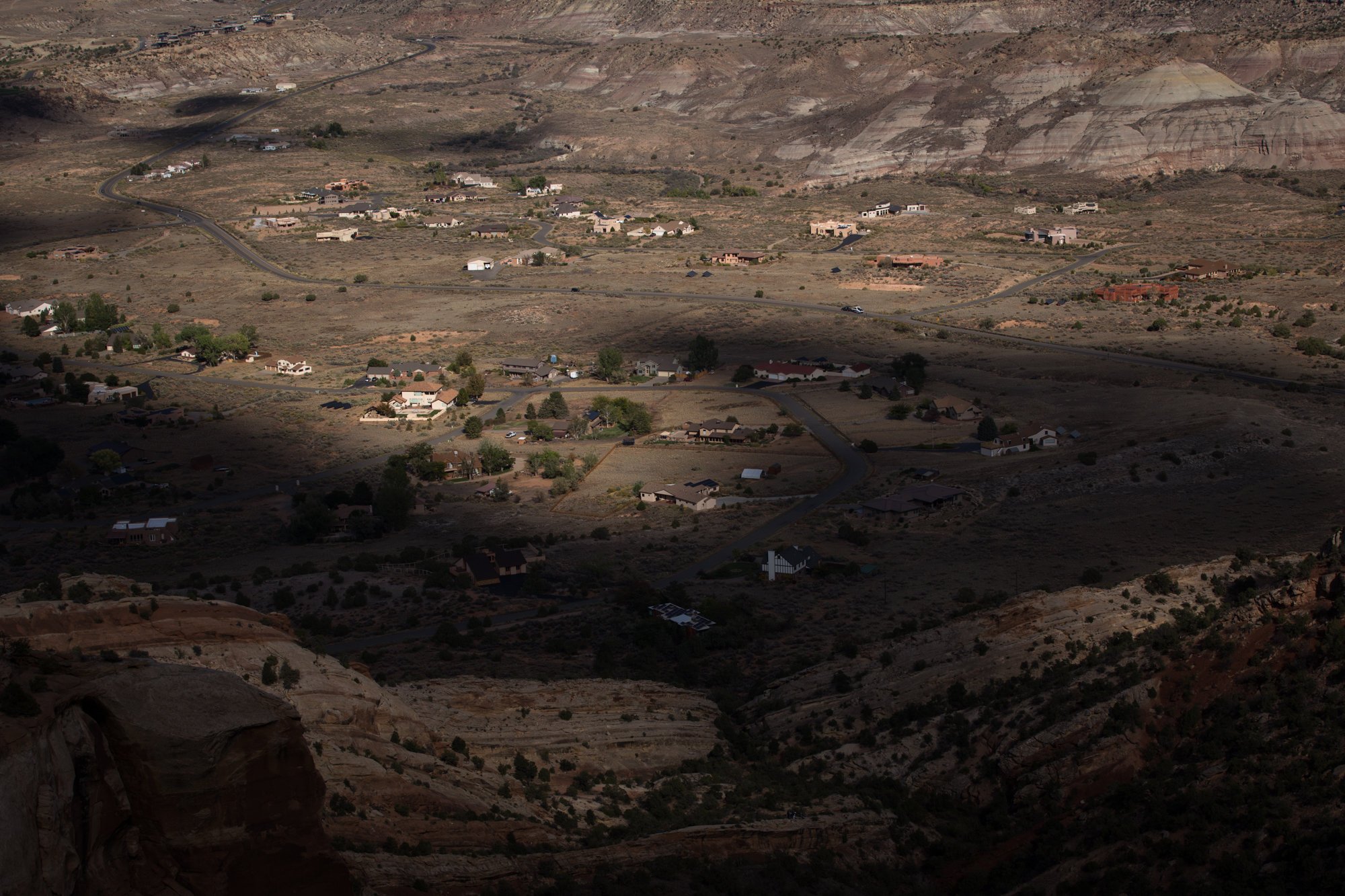
McGregor, Minn., was once a vibrant community, but about two decades ago, the local economy declined and people began to move away. Those changes affected the social fabric of the town.

Daryl Doering (center) of Kids Plus explains how certain yard tools work to volunteers Amelia Seybold (left) and Jason Ponthieux during a Popsicle break at Barbara Coplan's house. Kids Plus connects kids with adults and seniors to foster relationships in the community.

Cheryl Meld, who grew up in the town adjacent to McGregor and now runs the Kids Plus and the AGE to age program, says that as local businesses closed, families had to work harder to make ends meet.

McGregor, Minn., is one of 18 communities in the northeastern part of the state that is participating in a program that addresses loneliness and social isolation by connecting the young with the old.

Annastazia Vierkandt, 20, mostly grew up in McGregor. She says the Kids Plus AGE to age program was a lifeline for her. When she was a kid, she and her family rarely saw their neighbors or friends. She had three siblings and three half-siblings, but they were on their own a lot.

Vierkandt is now raising her two sons Hamilton (center) and Jack in McGregor, where she grew up. When she was in the seventh grade, she signed up with the AGE to age program and met Barbara Coplan, who became her mentor.

While growing up, Vierkandt says, there wasn't a lot for kids to do. "If you're not in school doing stuff, you're going to hang out with the wrong people and end up doing the wrong things. And I've seen people do that," she says, referring to drugs and alcohol use, which are a problem in the community. "That's not where I wanted to be."

Research suggests that in rural areas, social isolation can reduce people's ability to meet their daily needs, such as access to health care and food.

Vierkandt says she appreciated her mentor's support and guidance during difficult years. "For the older generation, they've lived life. They can tell you 'Oh, that doesn't matter,'" she says.

Coplan and Vierkandt catch up outside the Kids Plus office. Vierkandt calls Coplan her second mother, and as she has grown up and become a mother herself, they have continued to keep in touch. Vierkandt says the program has taught her empathy and compassion. "That's just kind of how I live my life now," she says.
Connecting generations to ease isolation in rural towns
This story was part of an ongoing series of coverage (including two more stories I photographed below) that originated from a two-part poll by NPR, the Robert Wood Johnson Foundation and the Harvard T.H. Chan School of Public Health on life in rural America. One of the findings showed that 2.5 million rural residents (about 7% of the total rural population) say they have no friends or family nearby to rely on. An additional 14 million (about 39%) say they have only a few people. Despite the fact that rural communities have stronger social connections than urban ones, according to the poll, social isolation is increasingly becoming an issue. And it’s now recognized as a public health issue.
McGregor, Minnesota — a rural town just over 100 miles north of Minneapolis — once had a bustling community. But that started to change a couple decades ago as the local economy declined. Families had to work harder to make ends meet. Many just moved away. Now, McGregor is quieter.
McGregor is one of 18 rural communities running a program to address social isolation, called AGE to age. It connects more than 4,000 youths with almost 2,500 older adults annually. And the social benefits go both ways.
NPR reporter Rhitu Chatterjee and I traveled to Minnesota to cover this solutions-based approach to loneliness.
Read the full story on NPR.org here.

When the mines in the North Fork Valley started laying off employees, Eric and Teresa Neal hired and retrained former coal miners to learn how to work with fiber optic cable.

On the western slope of the Rocky Mountains, Hotchkiss, Colo., used to rely heavily on coal mining jobs. Today the town and surrounding valley are undergoing an economic transformation.

The Neals' company Lightworks not only hired former coal miners but expanded high-speed internet access — and possible economic opportunities — to rural areas around Hotchkiss. The access made it possible to potentially keep people from leaving the rural town.

More than 800 coal miners became unemployed when two of the three remaining mines in Delta County closed down between 2014 and 2016.

Johnny Olivas recently got an offer to return to the valley's last remaining coal mine. But he turned it down, deciding the boom and bust nature of the work was too hard on his family. Instead, he now lays cable for Lightworks. "I didn't know anything about fiber optic, but you catch on pretty quick," Olivas said.
Rural HAPPINESS DEPENDS ON ECONOMIC OPPORTUNITIES
Continuing reporting based on the NPR/RJF/Harvard poll findings, I worked with NPR reporter Kirk Siegler on this uplifting story of a rural business that invested in laid-off coal miners. In the poll, residents of rural communities say that one of the things people value most about small towns is having their close friends and family nearby. Parents want their kids to be able to stay and start their own families too, instead of having to move away for better opportunities.
On the western slope of the Rocky Mountains, Hotchkiss, Colo., used to rely heavily on coal mining jobs. But around 2014, the coal mines began shutting down. People were laid off. They started moving away in search of other job opportunities. But today, the town and surrounding valley are undergoing an economic transformation as a tech company started investing in the area and in former coal miners.
Read the full story on NPR.org here.

According to a poll on rural life in America by NPR, the Robert Wood Johnson and the Harvard T.H. Chan School of Public Health, more than half of respondents said they knew someone personally affected by suicide.

Most of the top ten states with the highest suicide rates are in the mountain West, including Colorado.

Houses in Grand Junction, Colo., are shadowed by the mesas of the nearby Colorado National Monument. After seven teen suicides occurred in Grand Junction during the 2016-2017 school year, students demanded change.

In 2017, the district adopted an evidence-based suicide prevention program, which enlists students' participation. The school district in Grand Junction knows it could take years to see whether these upstream efforts are having an effect on suicide rates.
How one town is tackling suicide prevention
While suicide is always a tough topic to report on, highlighting an evidence-based solution to such a devastating problem was one of the ways Kirk Siegler and I reported on the NPR/RWJF/Harvard poll findings.
In the rural mountain city of Grand Junction, Co., — in the 2016-2017 school year — seven teens died by suicide. It was so devastating to the student community, they demanded change.
Eight of the top ten states with the highest suicide rates in the nation are in the rural mountain West, including Colorado. Suicide is a problem everywhere in rural America though. More than half of those surveyed in a poll on rural life in America said they knew someone personally affected by suicide.
In 2017, the Grand Junction school district adopted an evidence-based suicide prevention program in schools. The program enlists the help of “peer mentors” — fellow students who receive training — to serve as points of contact for their peers who may be struggling to get help from other places.
Read the full story on NPR.org here.
High School mentors in the Sources of Strength program (left to right) Heidy Cardenas, Mawusi Danso, Johneth Price, and Victoria Mendoza are trained to recognize when one of their peers is struggling. The goal is to reach students in need sooner rather than later.



